|
California and Germany represent two large economies that have implemented policies to reduce greenhouse gasses for over two decades. Their stories illustrate the political complexities of what this really involves. They do not paint a positive future for global CO2 emissions reduction even when the political consensus is favourable. I’m going to use California data as that is what I am most familiar with as a forty year California resident. Germany is different in detail but broadly the same. This article presents a good overview of the current state of affairs. The graph below is from the article and shows a breakdown of the sources of CO2 emissions. California’s CO2 emissions per capita are significantly less than the US average. An important detail to note is the small percentage for electricity generation, 10% in state, 6% more for imports. The in state percentage is well under national or world averages and represents a combination of significant generation from nuclear, hydro, bio and geo along with high efficiency natural gas instead of coal. Most of this implementation of electricity generation CO2 reduction was accomplished before 2000. This low percentage of emissions from electricity generation has been true for decades and has hardly changed from 2000 to the present. It shows that reducing electricity generation emissions only highlights the other significant sources of emissions. The next graph from the same article that California has being doing a reasonable if not spectacular job in reducing overall CO2 emissions going from 470 to 440 million tons from 2000 to 2017 or about 6.5% reduction. The graph highlights that it’s been a uphill battle where emissions per capita fell significantly from 14 to 11 tons per capita but population growth reduced most of this gain.This also illustrates the same problem at the world level as world population growth and economic development mean that energy use is naturally growing quite rapidly. The next graph shows where some of the reductions have come from. It shows around 30 million tons reduction from electricity generation, most of which is from cleaner imported electricity generation. This hides the obvious that there were substantial efficiency improvements in all sectors in the first graph to maintain CO2 emissions stable while population and GDP grew by around 50%. The next graph shows that California in state electricity generation was essentially flat from 2000 to 2017 despite population and GDP growth. The means of generation have changed mostly from around 2012 when a nuclear plant shut down, solar generation has grown rapidly and wind generation has been constant. Hydro generation has varied due to droughts. The emissions graph above that shows California in state emissions from generation have been mostly flat and most variability was from hydro variability from droughts. The bottom line is that California in state electricity generation has not contributed to CO2 reductions from 2000 to 2018. Overall emissions gains have come from efficient use of electricity and fuels, not cleaner electricity generation. California recently announced a goal of 100% in state renewable electricity generation by 2040. This sounds very positive at first, but from the discussion above, in state generation only accounts for 10% of California CO2 emissions, so meeting this goal will not reduce CO2 emissions much. Digging deeper, California’s definition of renewable energy is wind, solar, geothermal and biofuels. It excludes nuclear and large hydro which are politically unacceptable to the California clean energy coalition. This illustrates that CO2 emissions reduction is a lower priority than other environmental concerns. Already the reduction of nuclear has meant that solar growth has only compensated for the loss of the nuclear CO2 emissions free source. The remaining nuclear is scheduled to close in 2025. Solar and wind will have to compensate for this loss before CO2 emissions will fall. Already the current level of solar causes solar curtailment in spring, and as solar capacity grows this curtailment will grow. California understands this and is putting great emphasis on electricity storage to allow for more solar. The storage story is complicated by the fact that California has legacy pumped storage of nearly 4GW generation capacity but it is part of large hydro which is politically unacceptable to the political status quo in California. Batteries are the great white hope for storage, but the politically incorrect pumped storage is the only current proven bulk electricity storage technology. It is not being used or updated to serve as a solar companion and enable more solar capacity to be deployed without significant curtailment. The next graph shows that California in state generation capacity has grown from around 50GW to around 80 GW from 2000 to 2017 while generation has stayed roughly constant. Most of the new capacity is wind and solar. The growing capital cost of capacity has to be paid from the constant electricity generation which is the simple explanation for California’s high electricity cost. Storage capacity to bolster solar intermittency will only increase overall capacity and cost of generation while maintaining electricity generation at current levels. California is rich and so far the high costs have proven politically acceptable. The most direct path to reducing California’s CO2 emissions is electrification of transportation and domestic and commercial energy consumption, where the bulk of emissions are. Electric cars and heat pumps are available technologies to accomplish these goals. A side effect of this would be a need to increase electricity generation. 100% renewable electricity is generally perceived as 100% clean energy and 0% CO2 emissions. As the discussion above shows, this is far from the truth. It really means a 10% reduction in CO2, leaving the remaining 90%. As such slogans like this encourage complacency among people concerned with global warming and take the focus off of efforts that are more important. This is a complicated article to illustrate a complicated problem. Electricity generation gets most of the attention in reducing CO2 emissions but California (and Germany) show that most of the limited success so far has come from efficiency improvements. Electricity generation has suffered from losses from infighting offsetting gains and costs growing to levels that constrain growth despite strong political support. The world is very far from California’s over two decade investment in CO2 emissions reduction. California’s limited success don’t bode well for the rest of the world.
The added cost of storage and backup mean that costs will only rise, keeping the rate of clean energy growth far below what is necessary to limit CO2 emissions in a timely manner. To the clean energy coalition there is only one path forward and no apparent awareness that this path is failing. There seems to be confidence in the 100% renewables push but little awareness of its impracticality. The just released IPCC report on climate change is increasing the severity of alarm and the rapidity of action needed to avert damage. Within the political and economic constraints, what is needed is a solar energy solution that is a complete replacement for fossil fuel generation at a lower cost. Current solar falls far short on cost, availability and storage. Stratosolar fixes all these problems and more. It could meet the ICCC goals for rapid deployment without global political wrangling that has never succeeded so far. By Edmund Kelly
Comments
|
Archives
December 2023
Categories
All
|
|
© 2024 StratoSolar Inc. All rights reserved.
|
Contact Us
|

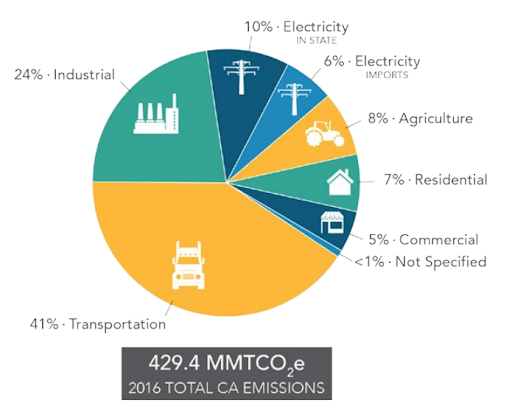
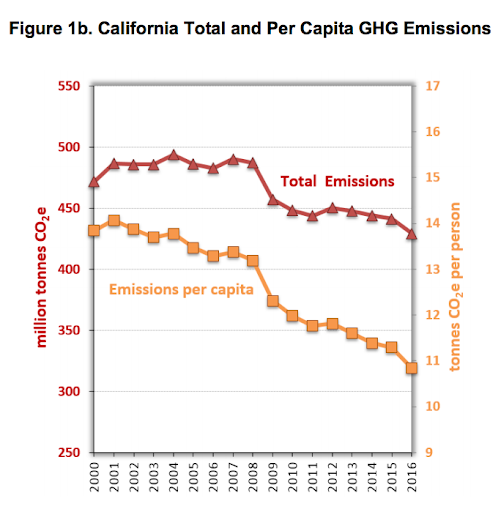
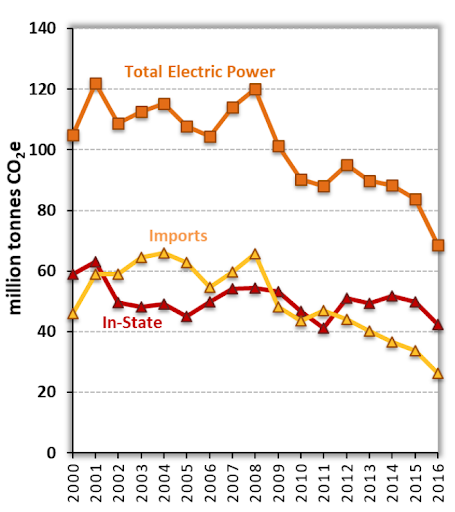
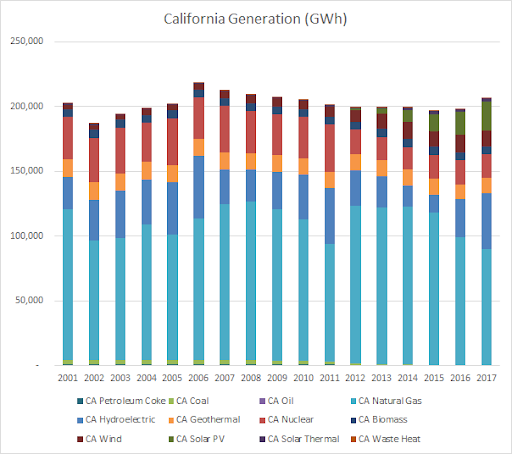
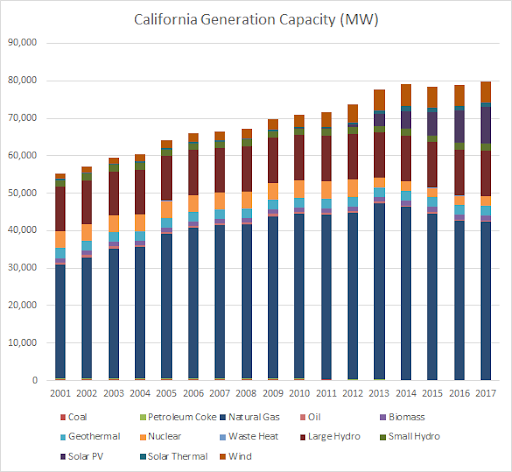
 RSS Feed
RSS Feed